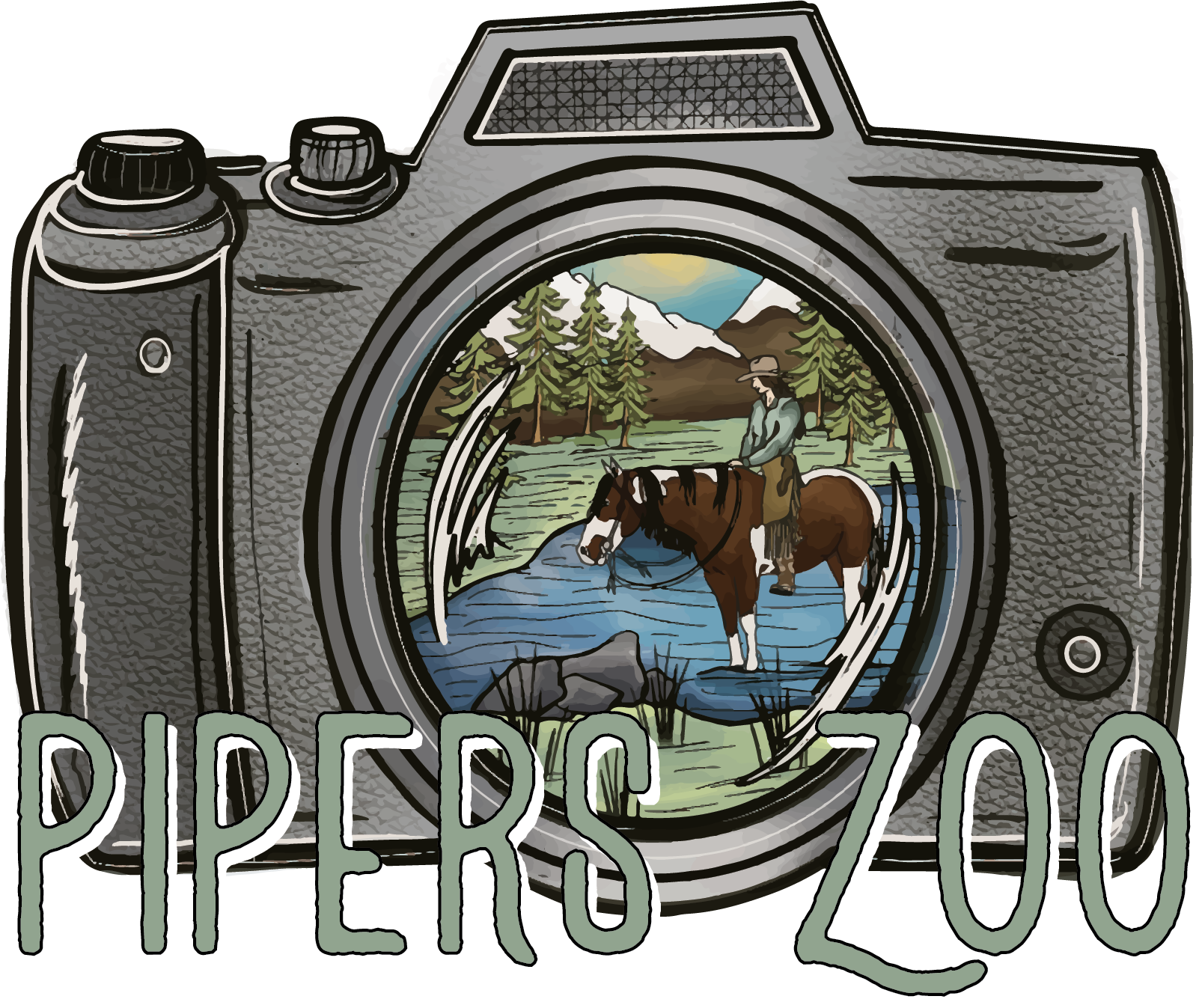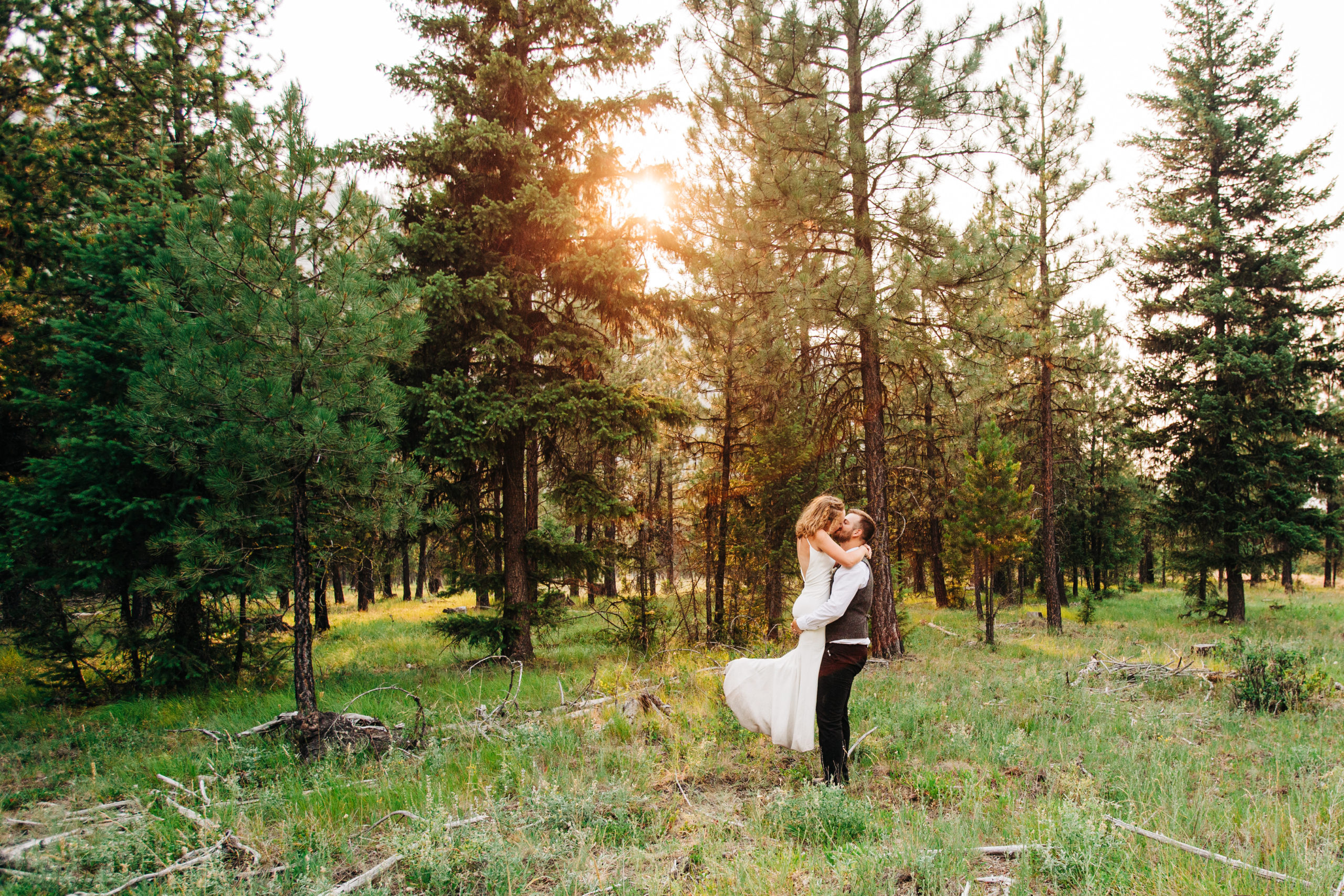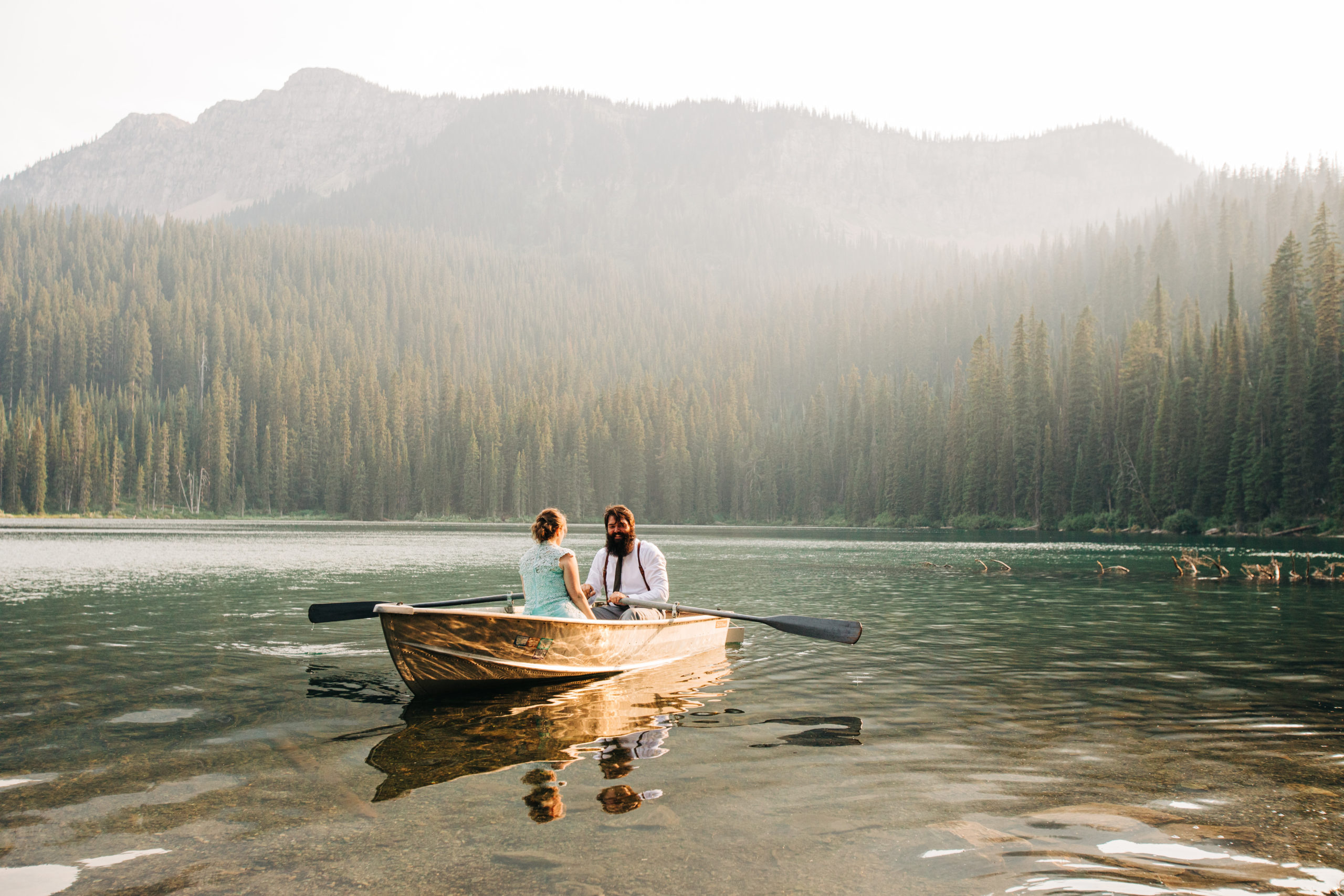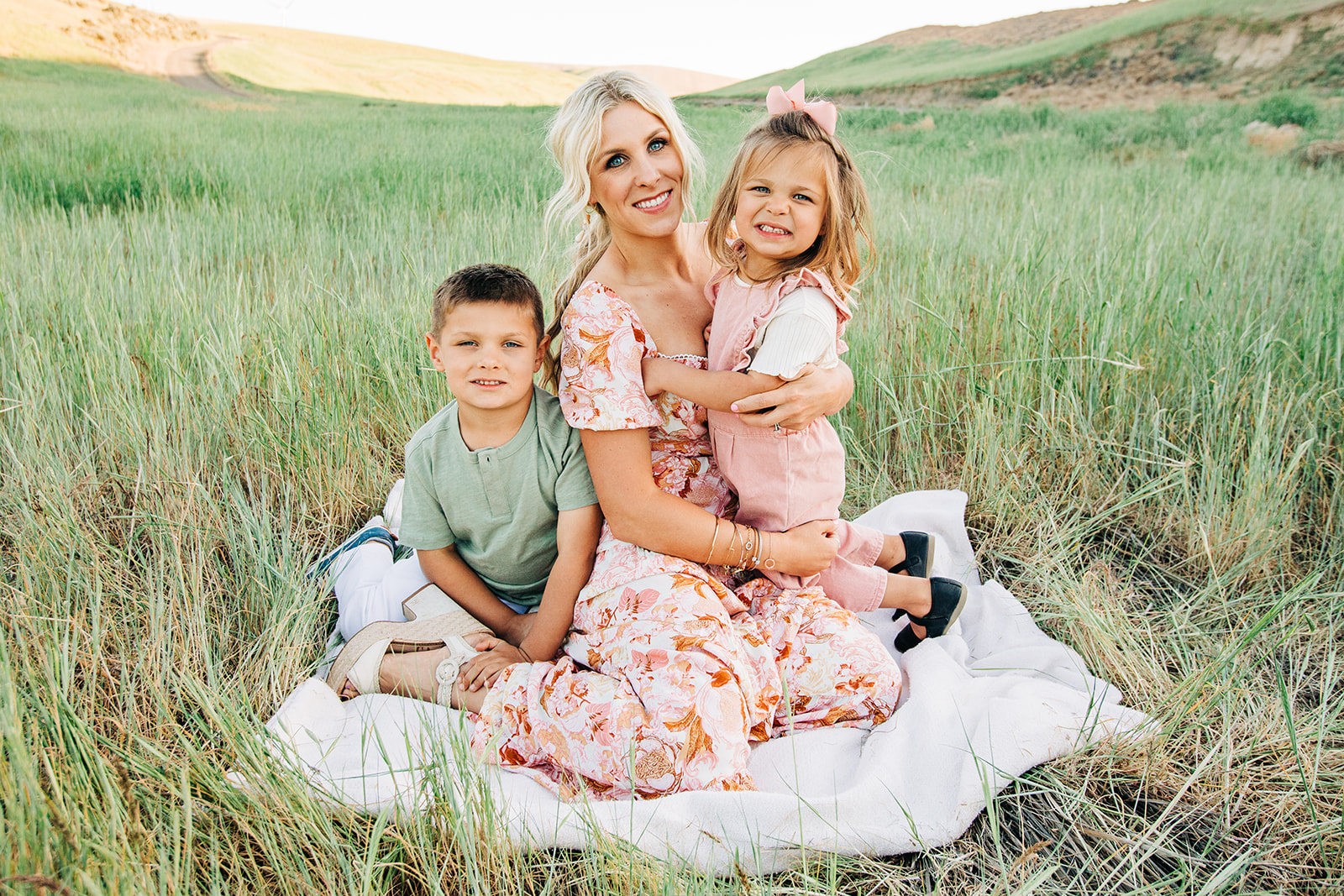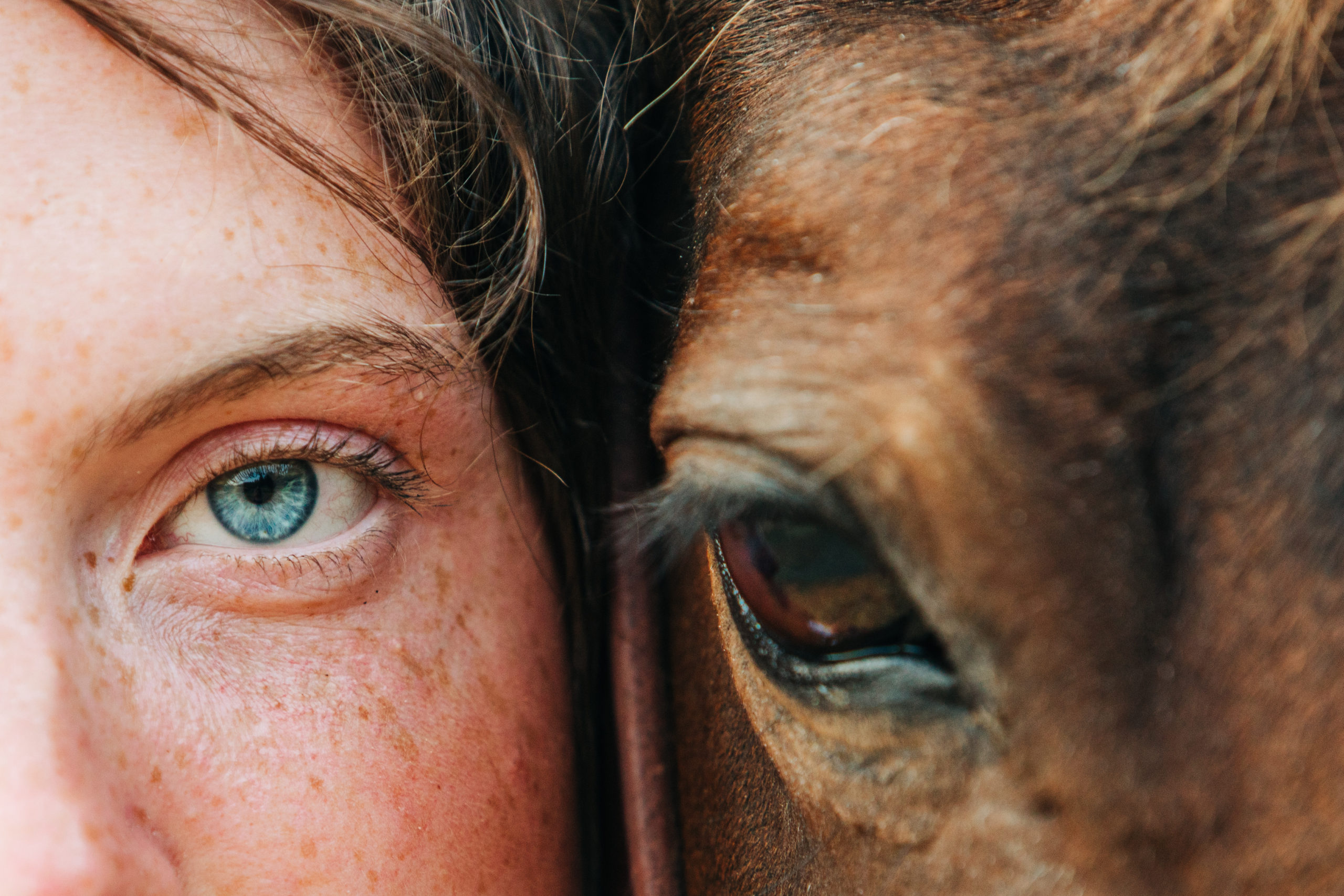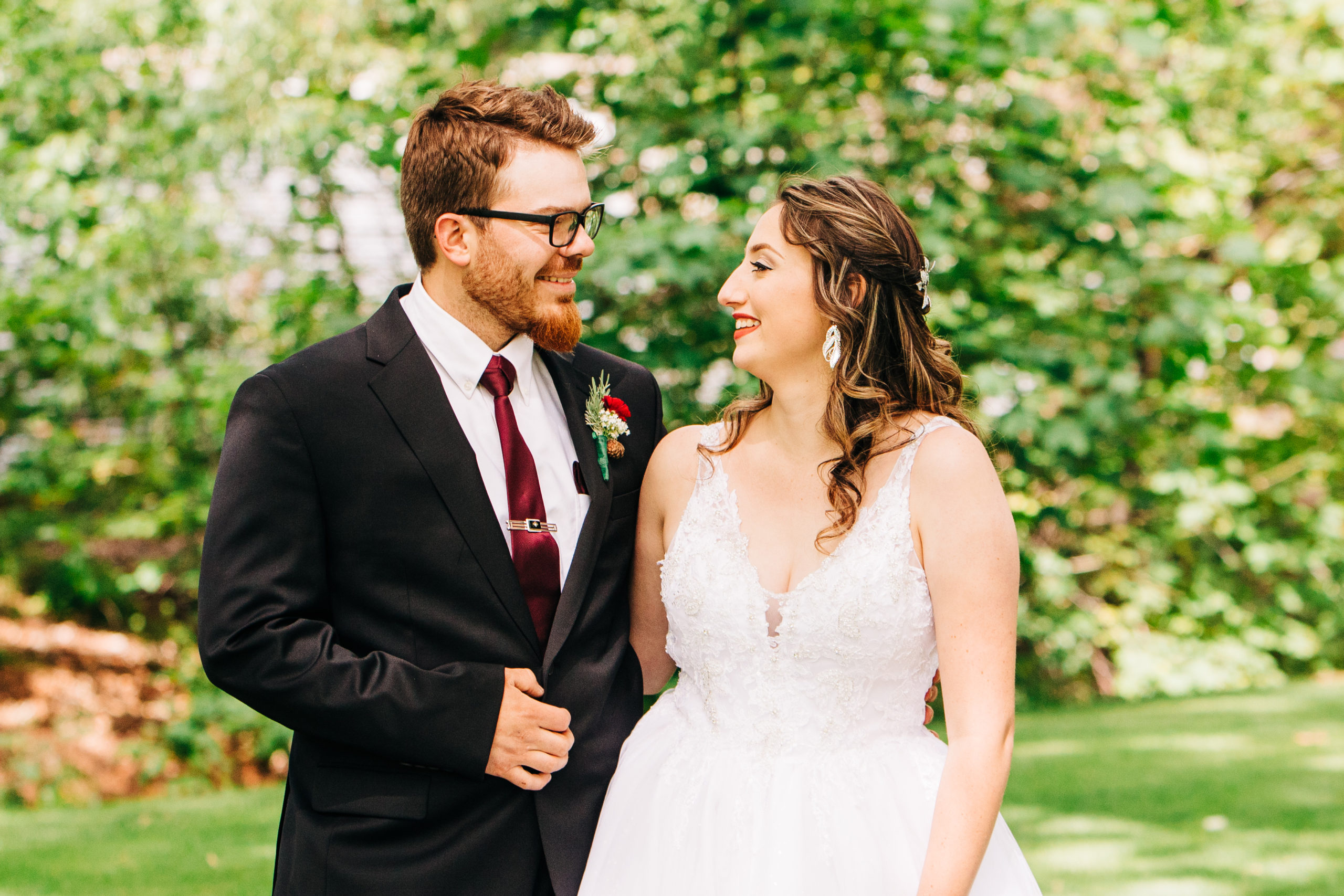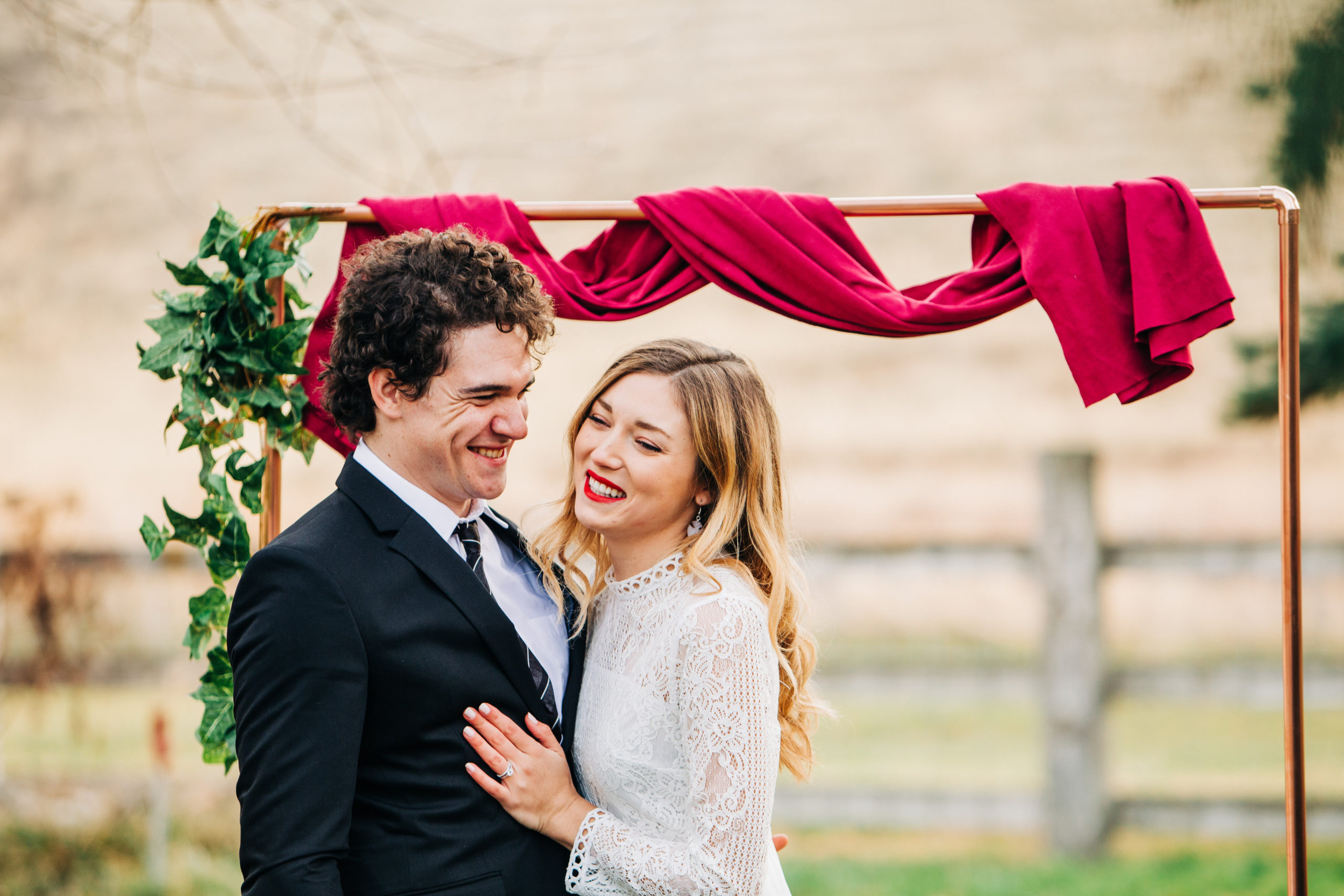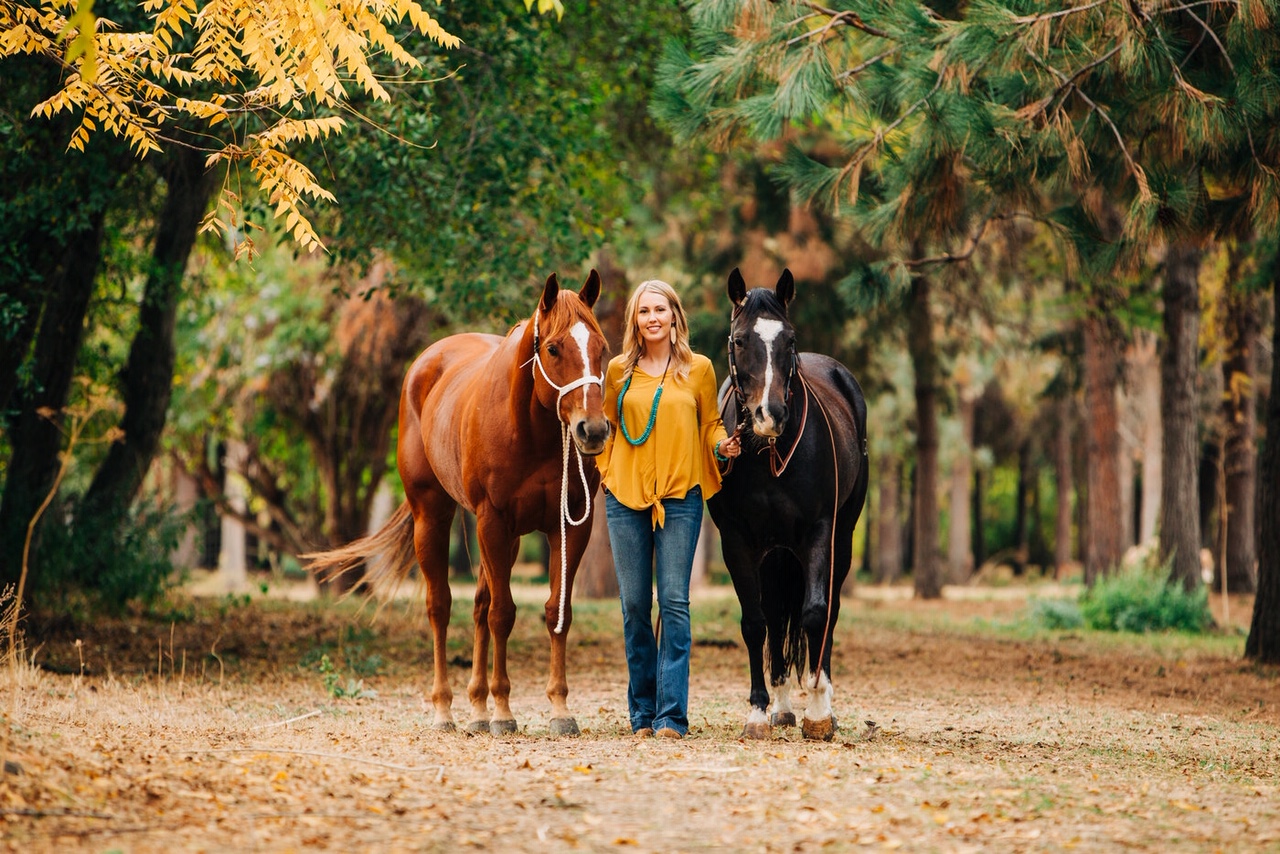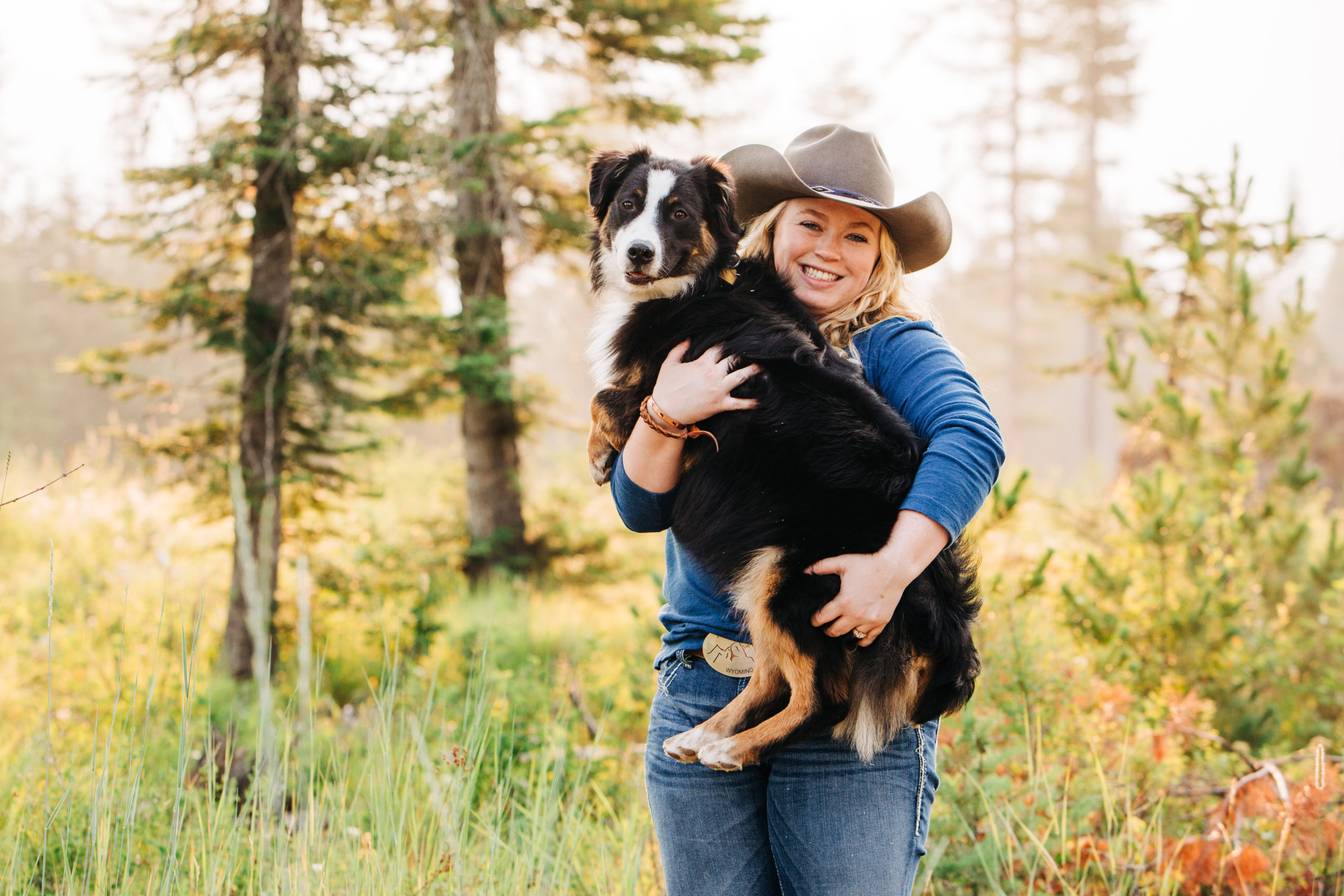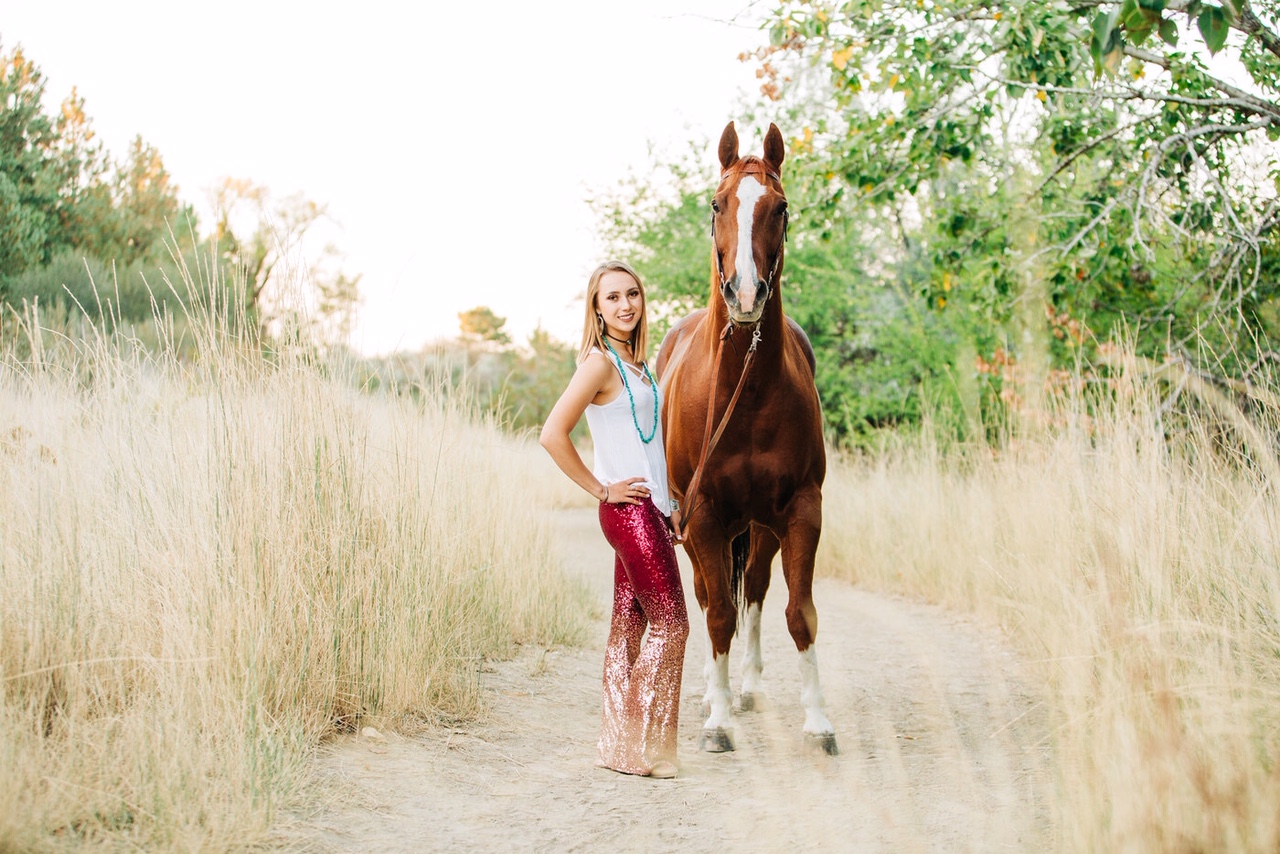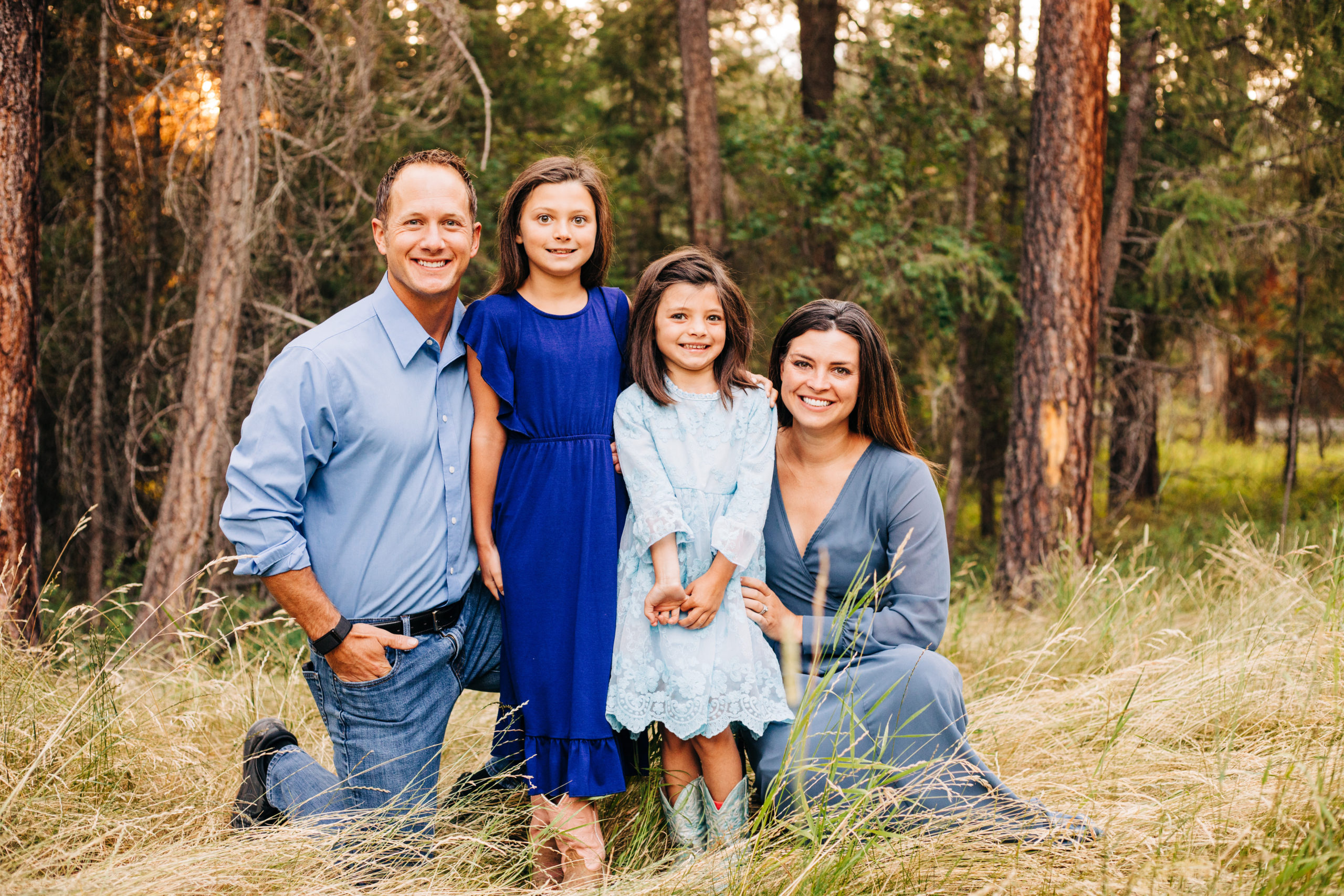“Ponying” refers to leading a horse from another horse’s back and it can be a useful tool in a variety of situations.
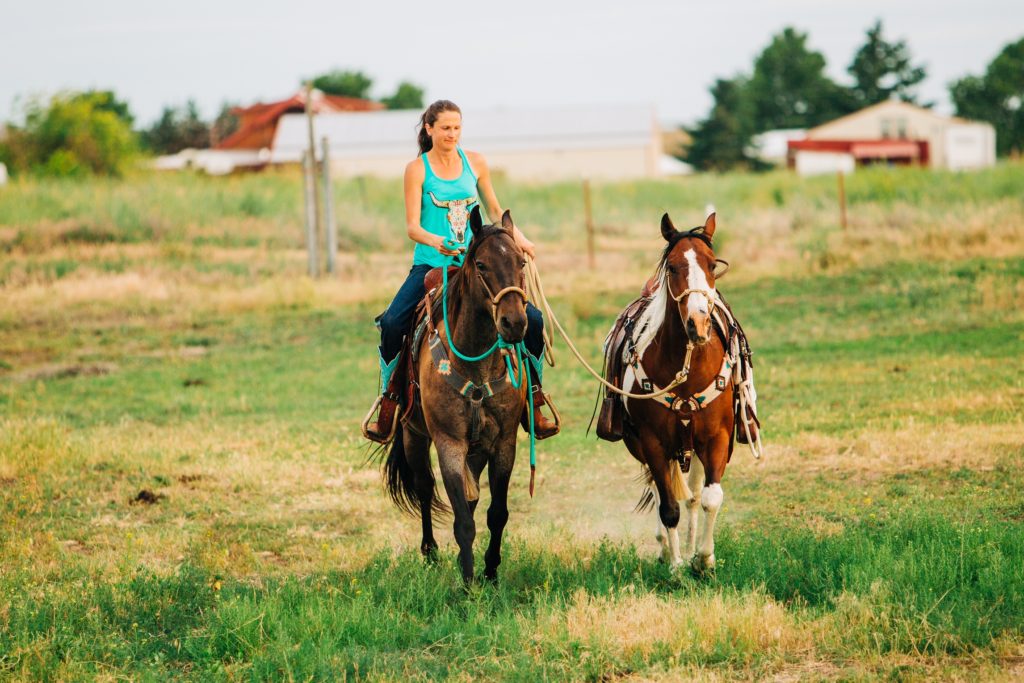
You may want to pony a horse for any of the following reasons:
- Expose a young horse to having a person above them
- Introduce a young horse to more terrain/experiences/trails/etc.
- Exercise or warm up two horses at one time
- Lead a pack horse
- Emergency situation where you need to lead another horse for a long distance
- Etc!
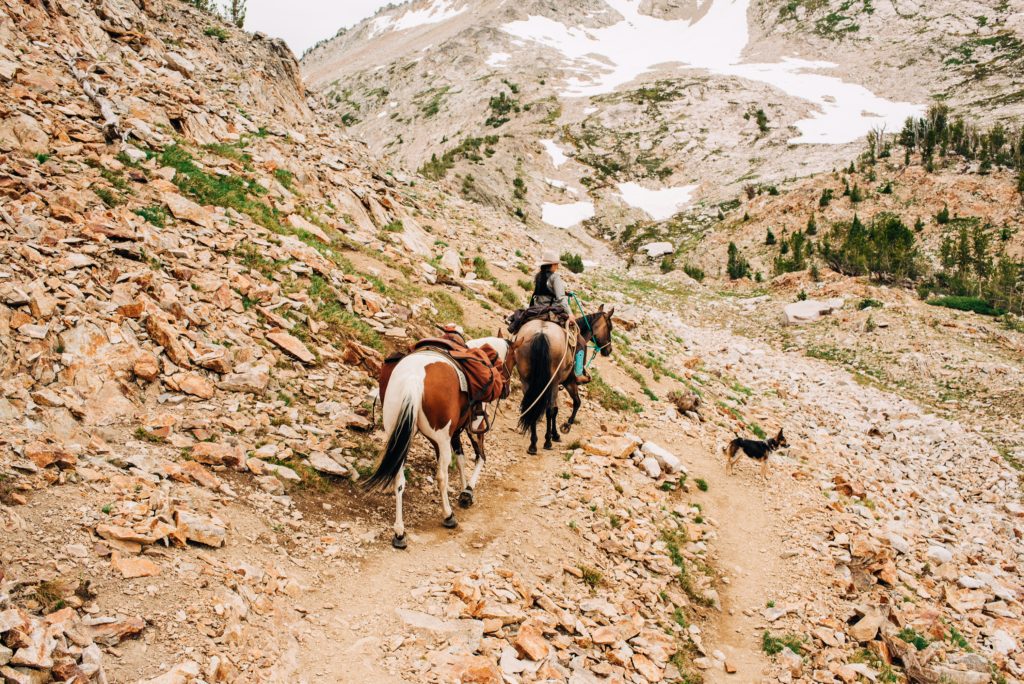
If you’re new to ponying, I have some tips for you!
- Prior to attempting to pony, you and your saddle horse need to be comfortable riding one-handed and your saddle horse needs to be comfortable with having another horse close to him as well has having a rope around his hind quarters/legs/tail/etc.
- The horse you’re ponying needs to be able to be led from the ground.
- Start in an enclosed space like an arena or fenced pasture. Always hold your pony rope in a way that you can drop it if you get in a pickle.
- When mounting, have your pony horse on the right side of your riding horse, and/or slightly in front of your riding horse so they can see you swinging up, hold your reins and pony rope in your left hand and once mounted, transfer your pony rope to your right hand, keeping your reins in your left. This may be different depending on your dominant hand or how you ride, but it has worked well for me.
- If you intend to put any pressure on your riding horse’s saddle horn and you’re not sure how they will react (for instance, if your pony horse is being sticky and not giving to the pressure of your lead rope as they would on the ground), make sure your riding horse is facing what it is he’s ‘dragging’ at first. Don’t think you’re going to dally and go, that’s a good way to get hurt. You can use your horn for a little extra leverage to get your point across but still be in a position where you can drop that rope and be free if need be.
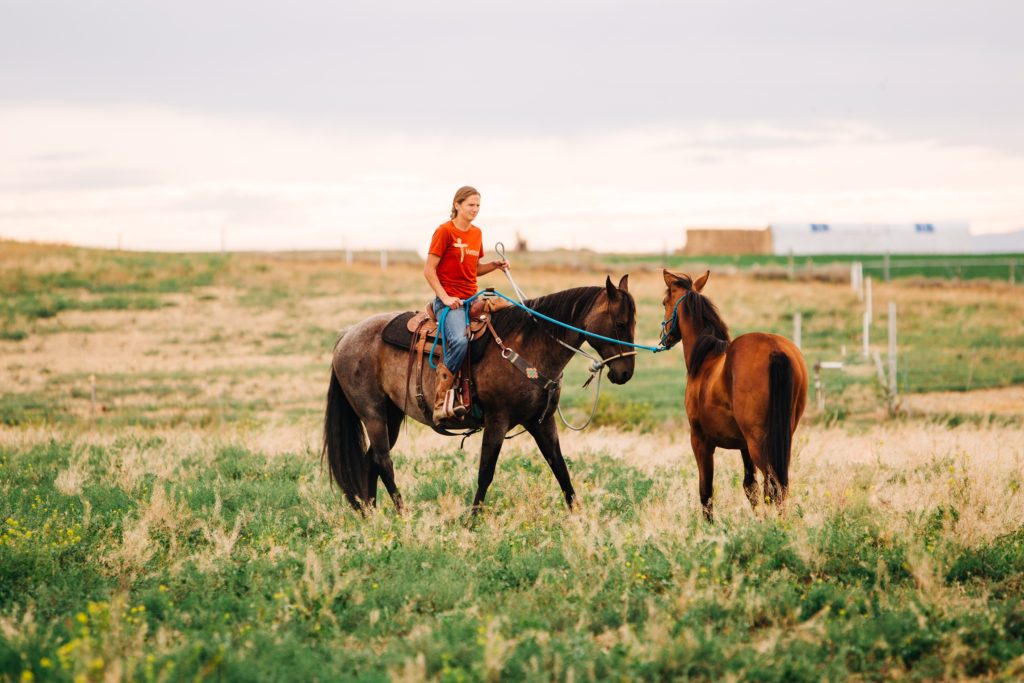
6. I like to hold my pony rope in my right hand and rest it on my thigh. I give the horse I’m ponying a certain amount of slack and because my hand is stationary on my thigh, I know if my pony horse bumps up against it, that it’s a fair ask pressure-wise because I haven’t changed my hand position.
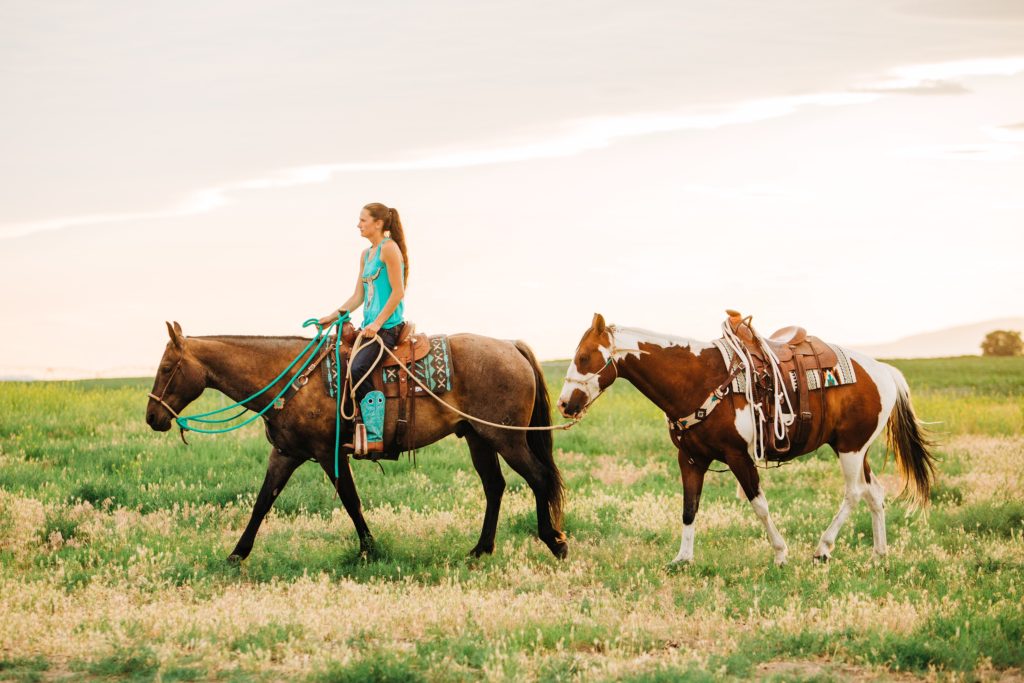
7. When you’ve practiced in an enclosed space and feel confident in your ability to pay attention to two horses at one time, you’re ready to get out and about.
Have fun!
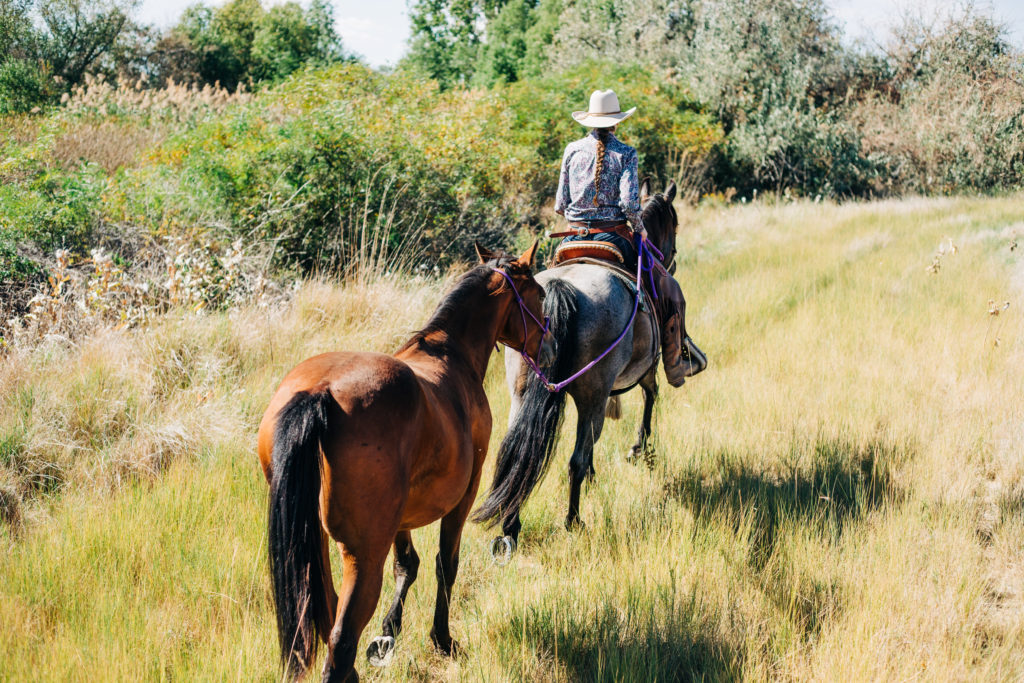
I exclusively use Andrea Equine halters & lead ropes. The 14ft length may take some time to get used to, but there have been plenty of occasions out on the trail when I’ve been grateful to have the “extra” length.
